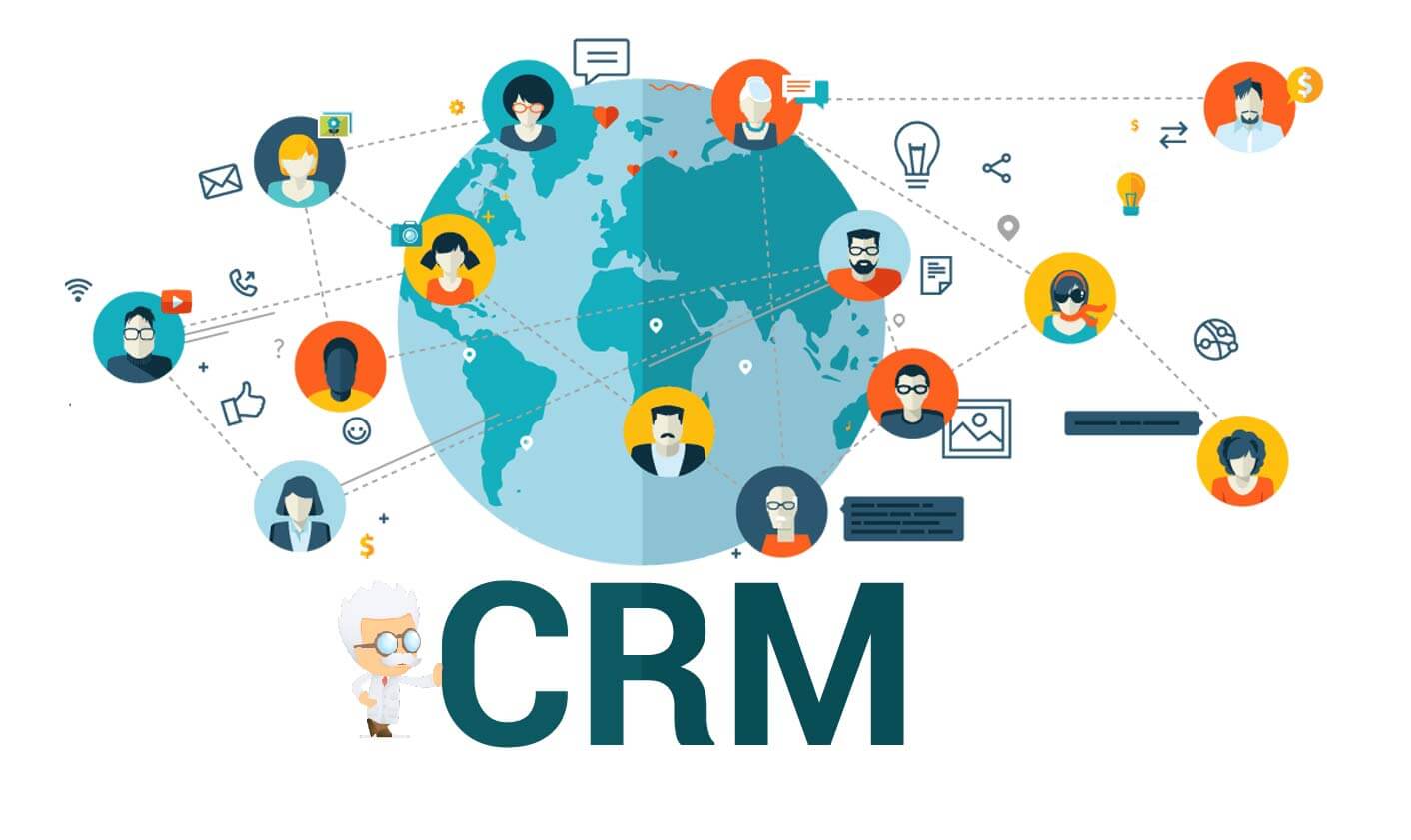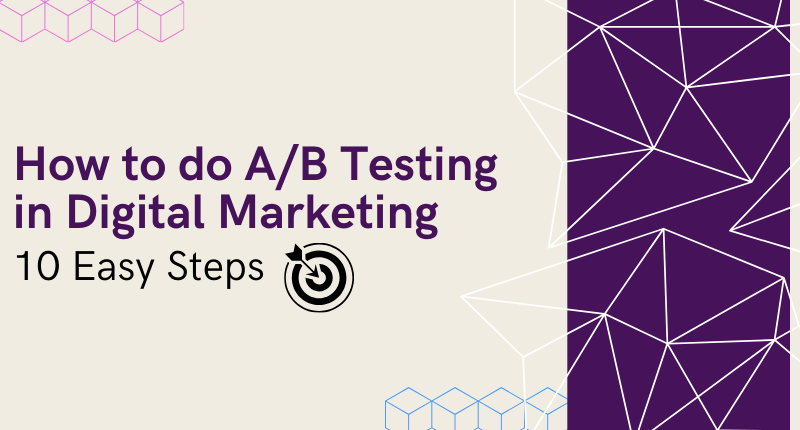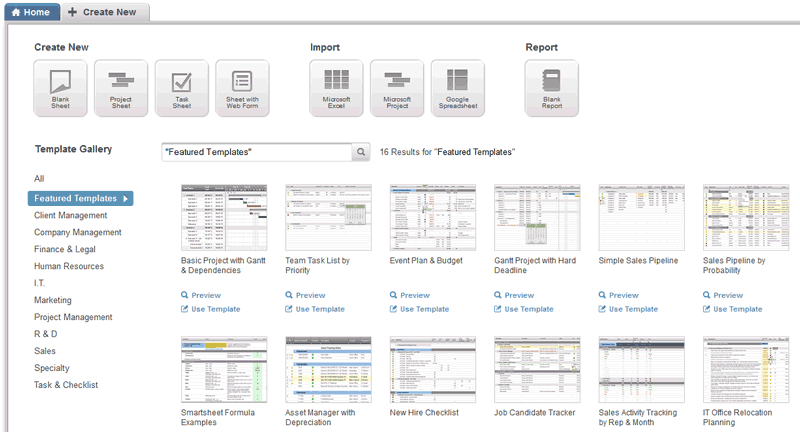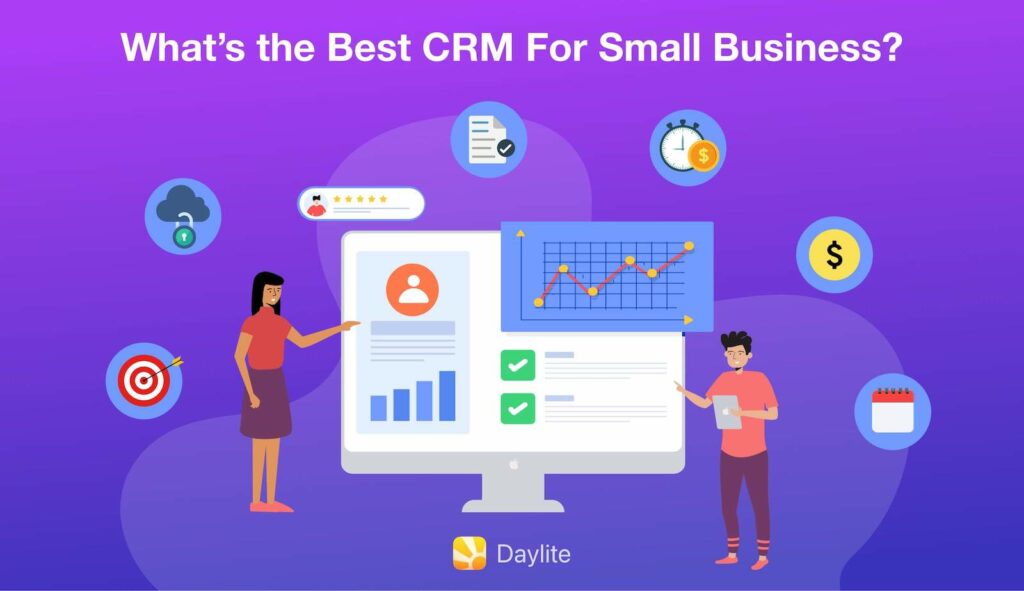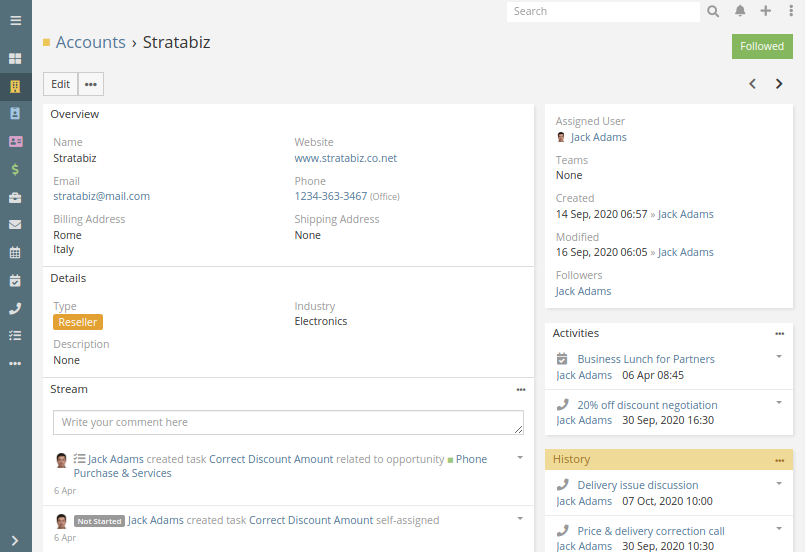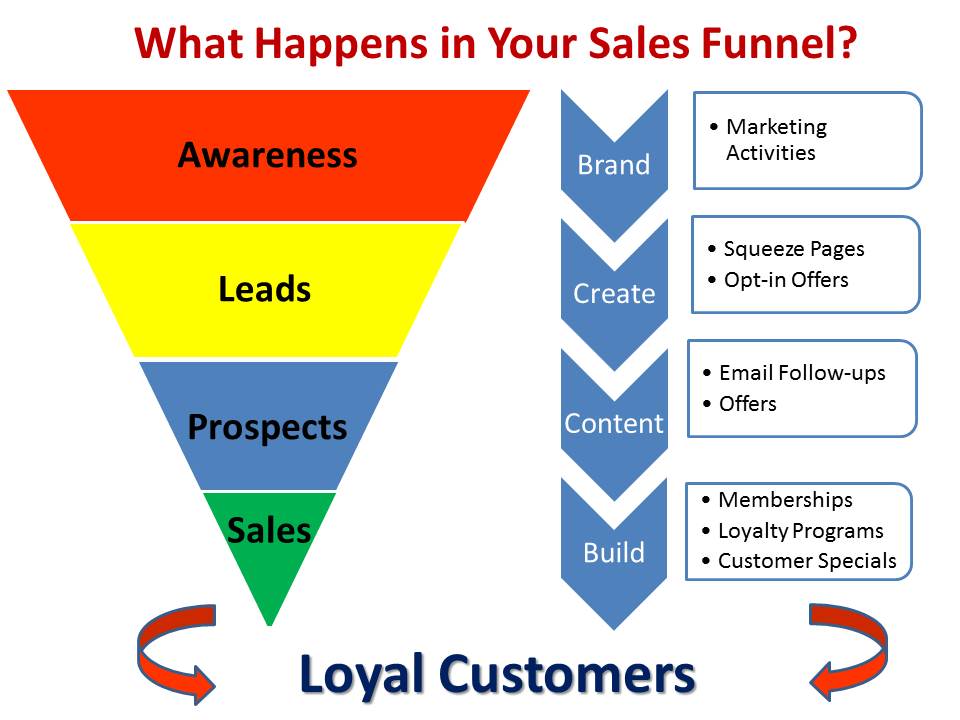
Unveiling the Power of a CRM Marketing Funnel
In the dynamic realm of modern marketing, the customer relationship management (CRM) marketing funnel stands as a cornerstone of success. It’s no longer sufficient to simply have a product or service; you must cultivate relationships with your audience, guide them through their journey, and transform them into loyal advocates. This comprehensive guide will delve into the intricacies of CRM marketing funnel setup, equipping you with the knowledge and tools to elevate your marketing strategies and achieve sustainable growth. We’ll explore the crucial stages, best practices, and real-world examples, ensuring you can effectively implement and optimize your funnel for maximum impact.
Understanding the CRM Marketing Funnel: A Journey Through Stages
At its core, a CRM marketing funnel represents the customer’s journey from initial awareness to becoming a loyal customer. It’s a visual representation of the stages a potential customer goes through as they interact with your brand. Each stage demands specific strategies and tailored content to move prospects closer to conversion. Let’s break down the key stages:
1. Awareness Stage: Grabbing Attention
This is the top of the funnel (TOFU), where potential customers first encounter your brand. The primary objective here is to generate awareness and attract their attention. Think of it as casting your net wide. Strategies include:
- Content Marketing: Blogs, articles, infographics, and videos that address your target audience’s pain points and interests.
- Social Media Marketing: Engaging content on platforms where your audience spends their time.
- Search Engine Optimization (SEO): Optimizing your website and content to rank higher in search engine results.
- Paid Advertising: Targeted ads on platforms like Google Ads and social media to reach a wider audience.
- Public Relations: Securing media coverage and building brand reputation.
The goal is to create a positive first impression and establish your brand as a valuable resource. The content should be informative, engaging, and relevant to their needs. Avoid overly promotional messaging at this stage. Focus on providing value.
2. Interest Stage: Nurturing Engagement
Once you’ve captured their attention, the next step is to nurture their interest. This is the middle of the funnel (MOFU), where you provide more in-depth information and build a relationship. Strategies include:
- Lead Magnets: Offering valuable resources like e-books, webinars, checklists, or templates in exchange for contact information.
- Email Marketing: Sending targeted emails to segments of your audience based on their interests and behavior.
- Retargeting Ads: Displaying ads to users who have visited your website or interacted with your content.
- Interactive Content: Quizzes, polls, and calculators that engage users and provide personalized experiences.
The focus here is on providing value and building trust. Offer solutions to their problems, answer their questions, and demonstrate your expertise. This is where you start to position yourself as the go-to resource.
3. Decision Stage: Driving Conversions
This is the bottom of the funnel (BOFU), where potential customers are ready to make a decision. The goal is to convert leads into customers. Strategies include:
- Product Demos: Showcasing your product or service’s features and benefits.
- Free Trials: Allowing potential customers to experience your product or service firsthand.
- Case Studies: Highlighting success stories of existing customers.
- Testimonials: Sharing positive reviews and endorsements.
- Special Offers: Providing discounts or incentives to encourage purchase.
- Clear Calls to Action (CTAs): Guiding users towards the desired action, such as “Buy Now” or “Sign Up.”
At this stage, the focus is on addressing any remaining concerns and making it easy for them to make a purchase. Provide compelling reasons to choose your brand over the competition.
4. Action Stage: Customer Onboarding and Retention
The journey doesn’t end with the sale. This stage focuses on onboarding new customers and ensuring their satisfaction. Strategies include:
- Welcome Emails: Providing a warm welcome and setting expectations.
- Onboarding Tutorials: Guiding new customers through the product or service.
- Customer Support: Offering excellent customer service to address any issues.
- Personalized Communication: Tailoring communication based on customer behavior and preferences.
- Loyalty Programs: Rewarding repeat customers and encouraging continued engagement.
The goal is to build long-term relationships and transform customers into brand advocates. Happy customers are more likely to make repeat purchases and recommend your brand to others.
Setting Up Your CRM for Funnel Success
Now that you understand the stages of the CRM marketing funnel, let’s delve into the practical steps of setting up your CRM system to support it. Choosing the right CRM and configuring it correctly are crucial for success.
1. Choosing the Right CRM
The market is saturated with CRM solutions, each with its own strengths and weaknesses. Select a CRM that aligns with your business needs and budget. Consider these factors:
- Scalability: Ensure the CRM can grow with your business.
- Integration: It should integrate seamlessly with your existing marketing tools (email marketing, social media, etc.).
- Ease of Use: A user-friendly interface is crucial for adoption by your team.
- Features: Look for features like lead management, contact management, sales automation, and reporting.
- Pricing: Choose a plan that fits your budget.
Popular CRM options include:
- HubSpot CRM: A free, comprehensive CRM with excellent marketing automation features.
- Salesforce: A powerful, enterprise-level CRM with extensive customization options.
- Zoho CRM: A versatile and affordable CRM suitable for small to medium-sized businesses.
- Pipedrive: A sales-focused CRM with a visual pipeline interface.
2. Configuring Your CRM for Funnel Stages
Once you’ve chosen your CRM, the next step is to configure it to align with your funnel stages. This involves creating custom fields, workflows, and automation rules.
- Lead Scoring: Implement a lead scoring system to prioritize leads based on their engagement and behavior. Assign points for actions like website visits, email opens, and form submissions.
- Contact Segmentation: Segment your contacts based on their stage in the funnel, demographics, interests, and behavior. This allows you to send targeted messages.
- Workflow Automation: Automate repetitive tasks, such as sending welcome emails, follow-up emails, and appointment reminders.
- Email Templates: Create email templates for each stage of the funnel to save time and ensure consistent messaging.
- Reporting and Analytics: Set up reports and dashboards to track your funnel’s performance and identify areas for improvement.
3. Integrating Your Marketing Tools
To maximize your CRM’s effectiveness, integrate it with your other marketing tools. This will streamline your workflow and provide a holistic view of your customers. Integrate your CRM with:
- Email Marketing Platform: Automatically sync your contact lists and track email performance.
- Social Media Platforms: Track social media interactions and engage with leads and customers.
- Website Analytics: Track website visits, page views, and form submissions.
- Advertising Platforms: Sync your CRM data with your advertising platforms to create targeted audiences.
Implementing CRM Marketing Funnel Strategies
Now, let’s dive into some specific strategies you can implement within your CRM marketing funnel to drive results.
1. Content Mapping to Funnel Stages
Create content that aligns with each stage of the funnel. For example:
- Awareness: Blog posts, infographics, and social media updates that introduce your brand and address industry challenges.
- Interest: E-books, webinars, and case studies that provide in-depth information and showcase your expertise.
- Decision: Product demos, free trials, and testimonials that highlight the benefits of your product or service.
Ensure your content is easily accessible and optimized for search engines.
2. Lead Nurturing Campaigns
Develop automated email sequences that nurture leads through the funnel. These campaigns should provide valuable information, build trust, and guide leads towards conversion. Personalize your emails based on lead behavior and interests. Consider these points:
- Welcome Sequence: Introduce your brand and provide helpful resources.
- Educational Sequence: Share valuable content and address common pain points.
- Product-Focused Sequence: Highlight the benefits of your product or service and offer incentives.
3. Targeted Advertising Campaigns
Use your CRM data to create targeted advertising campaigns on platforms like Google Ads and social media. Target ads to specific segments of your audience based on their stage in the funnel, demographics, and interests. For example:
- Awareness: Target ads to a broad audience with informative content.
- Interest: Retarget users who have visited your website or engaged with your content.
- Decision: Target ads to leads who have shown interest in your product or service and offer special promotions.
4. Personalization and Customization
Personalize your communication based on customer data. Use their name, job title, and other relevant information to create a more engaging experience. Customize your website, landing pages, and offers based on customer behavior and preferences. Personalization can significantly increase conversion rates.
5. A/B Testing and Optimization
Continuously test and optimize your CRM marketing funnel. A/B test different email subject lines, CTAs, landing pages, and ad copy to determine what resonates best with your audience. Track your results and make data-driven decisions to improve your funnel’s performance. This iterative process ensures that your funnel remains effective.
Measuring and Analyzing Your CRM Marketing Funnel Performance
To effectively optimize your CRM marketing funnel, you must track key metrics and analyze your results. This data-driven approach allows you to identify areas for improvement and make informed decisions.
1. Key Performance Indicators (KPIs)
Track the following KPIs to assess your funnel’s performance:
- Website Traffic: The number of visitors to your website.
- Lead Generation Rate: The percentage of website visitors who become leads.
- Lead Conversion Rate: The percentage of leads who convert into customers.
- Customer Acquisition Cost (CAC): The cost of acquiring a new customer.
- Customer Lifetime Value (CLTV): The predicted revenue a customer will generate over their lifetime.
- Conversion Rates by Stage: The percentage of leads who move from one stage to the next.
- Email Open and Click-Through Rates: The performance of your email marketing campaigns.
2. Reporting and Dashboards
Create reports and dashboards in your CRM to track your KPIs and visualize your funnel’s performance. Use these reports to identify trends, opportunities, and areas for improvement. Regular reporting allows you to monitor progress and make necessary adjustments.
3. Funnel Analysis
Analyze your funnel to identify bottlenecks and areas where leads are dropping off. This can involve:
- Identifying Weak Points: Examine conversion rates at each stage to pinpoint where leads are losing interest.
- Analyzing Customer Behavior: Track how leads interact with your content and website.
- Identifying Trends: Look for patterns in customer behavior to understand what works and what doesn’t.
Use these insights to optimize your content, messaging, and targeting.
Real-World Examples of Successful CRM Marketing Funnels
Let’s examine a few examples of how businesses have successfully implemented CRM marketing funnels:
1. SaaS Company
A SaaS company uses a CRM to nurture leads through a free trial. They create content focused on solving customer pain points, demonstrate the software’s benefits through product demos, and offer personalized onboarding to ensure customer success. Their CRM tracks trial users’ engagement, providing insights to personalize follow-up communications and offer tailored support, ultimately driving conversions to paid subscriptions.
2. E-commerce Business
An e-commerce business uses a CRM to segment its customers based on purchase history and interests. They send targeted email campaigns featuring personalized product recommendations, special offers, and abandoned cart reminders. They also implement a loyalty program to reward repeat customers and encourage further purchases. This approach boosts sales and customer retention.
3. Consulting Firm
A consulting firm uses a CRM to manage its leads and nurture them through the sales process. They offer valuable resources, such as white papers and webinars, to attract leads. They then follow up with personalized consultations and proposals. Their CRM tracks lead interactions, allowing them to tailor their messaging and offerings to each potential client’s needs, ultimately leading to successful client acquisition.
Common Challenges and How to Overcome Them
Setting up and managing a CRM marketing funnel can present challenges. Here are some common obstacles and how to address them:
1. Data Quality
Poor data quality can hinder your funnel’s effectiveness. Ensure your CRM data is accurate, complete, and up-to-date. Regularly clean and update your data to maintain its integrity. Implement data validation rules to prevent errors.
2. Lack of Integration
If your CRM isn’t integrated with your other marketing tools, you’ll miss out on valuable insights and automation opportunities. Integrate your CRM with your email marketing platform, social media platforms, and website analytics tools to create a seamless workflow.
3. Inadequate Training
If your team isn’t properly trained on how to use the CRM, they won’t be able to take full advantage of its features. Provide comprehensive training and ongoing support to ensure your team can effectively use the CRM. Create user guides and training videos.
4. Lack of Personalization
Failing to personalize your communication can lead to a generic and ineffective marketing experience. Use your CRM data to personalize your emails, website content, and offers. Tailor your messaging to each customer’s individual needs and preferences.
5. Poor Measurement and Analysis
Without proper measurement and analysis, you won’t be able to optimize your funnel’s performance. Track your key metrics and analyze your results to identify areas for improvement. Use your CRM’s reporting features to monitor your progress and make data-driven decisions.
Best Practices for CRM Marketing Funnel Optimization
To ensure your CRM marketing funnel remains effective, implement these best practices:
- Regularly Review and Update Your Funnel: Adapt your strategies as your business and customer needs evolve.
- Stay Customer-Centric: Focus on providing value and building relationships with your customers.
- Continuously Test and Refine: A/B test different elements of your funnel to optimize its performance.
- Seek Feedback: Gather feedback from your customers to understand their needs and preferences.
- Stay Informed: Keep up-to-date with the latest marketing trends and technologies.
Conclusion: Building a Thriving CRM Marketing Funnel
Setting up and optimizing a CRM marketing funnel is an ongoing process, but it’s a worthwhile investment. By understanding the stages of the funnel, configuring your CRM correctly, implementing effective strategies, and continuously measuring your results, you can transform your marketing efforts and drive sustainable growth. Remember to prioritize customer relationships, provide value, and adapt your strategies as needed. By embracing these principles, you’ll be well on your way to building a thriving CRM marketing funnel that fuels your business success. Good luck!

